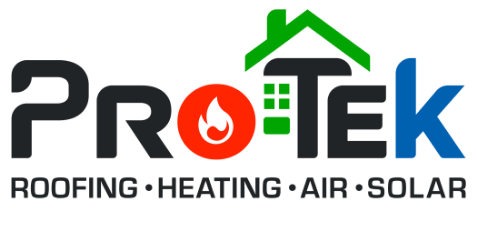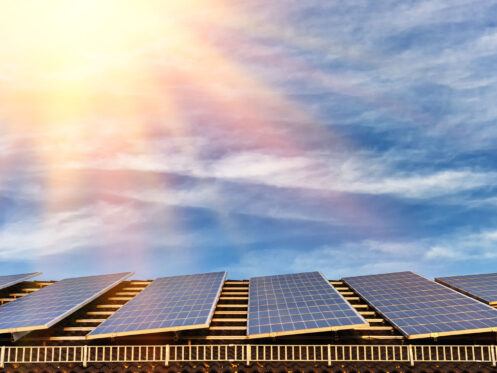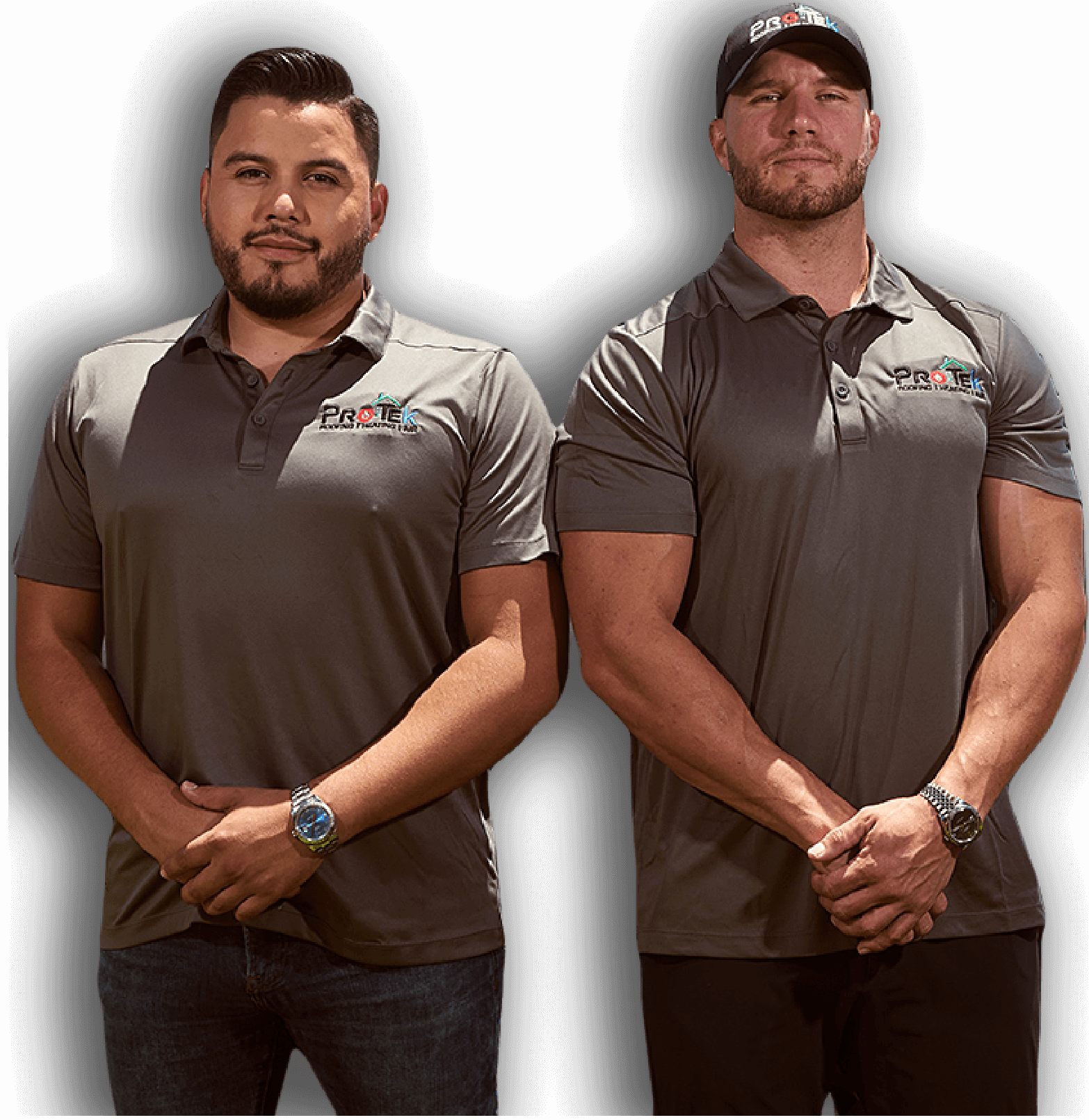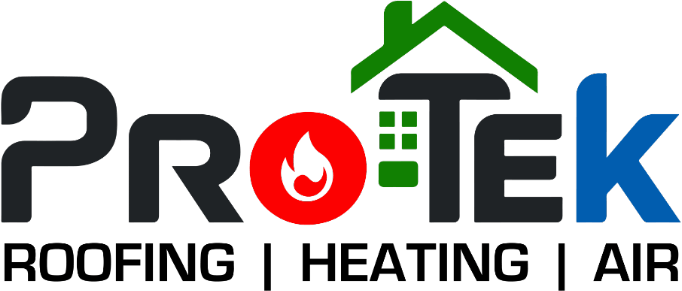Renewable energy will be an important part of our future. It will allow us to achieve sustainable energy consumption and reduce greenhouse gases. Governments must lead by example, and the corporations must follow. However, each household can also make a difference by minimizing its carbon footprint. With that in mind, let’s explore ways to integrate renewable energy sources into your home.
Solar Energy Applications
There are many creative ways to use solar power. Here are some ways to collect it, store it, and utilize its heat.
Solar Panels
Renewable electricity is an accessible form of renewable energy for many homeowners. Solar panels are the most prevalent way to access this power. Photovoltaic is the most common technology for residential applications. PV works through a semiconductor material that ionizes photons as sunlight hits it. The semiconductor structure directs the electrons into an electrical current.
Solar panel systems are versatile. Your solar installer will design your system based on your unique needs and home. You can opt for a solar panel array that alleviates the power you need from the grid. It’s also possible to design an array that provides all the electricity you need or even more.
The price of solar panels and installation decreases with each passing year, and there is a federal tax credit that can help offset some of the initial investment. Homeowners may have access to rebates as well. Many state and local governments and utility companies offer rebates. There are many creative applications for solar power.
Solar Water Heating
You can run a traditional tank or tankless water heater off of renewable energy, such as solar panels. However, solar water heating is different and typically more efficient. These systems use heat from the sun rather than transform sunlight into power. Another name for a solar water heater is a solar domestic hot water system.
There are many different solar water heater configurations available, including direct and indirect active systems. Direct systems pump household water and are effective in warmer climates. Indirect systems use a heat exchanger and are thus better in colder climates. Examples of passive solutions include integral collector-storage and thermosyphon systems.
Solar Heating and Cooling
Solar heating and cooling systems use thermal energy rather than electricity. You can power traditional HVAC with solar. But, solar-specific solutions are more efficient and reduce greenhouse gases. Besides HVAC, many homeowners opt for solar heaters to heat their pools. In addition, modern home design often incorporates passive solar heating.
Solar-powered LED Outdoor Lighting
Solar-powered LEDs are an excellent choice for your outdoor lights. The technology has come a long way in recent years. These devices collect more than enough power for all-night usage, even on cloudy days. The illumination is also much brighter than it had been in the past. Options include flood lamps, door lanterns, landscape lighting and so forth.
Wind Turbines
Solar is not the only source of renewable electricity. Wind is another. Many people associate wind turbines with large wind farms. But there are residential wind turbines as well. Another name for a residential wind turbine is a small wind electrical system.
The effectiveness of wind power depends on location and landscape. Like solar power, you can connect small wind solutions to the grid. Most homeowners will not meet their full power demand through small wind, but it can cut dependence on the grid. You can also use small wind to augment a solar power solution.
Hydropower Systems
Hydropower involves the use of moving water to create electricity. Most homeowners will not have this option. But if you have a river, stream or even a creek running through your property, you can harness it. Common solutions include water turbines and generators.
As with wind power, most homeowners won’t fully power their homes with hydropower. But hydropower can lessen reliance on the grid and augment solar and wind solutions. It’s possible to turn rain into electricity as well. Rain-powered energy isn’t ideal as a primary source due to its unpredictability. But it can be an effective way to augment your other sources.
Off-grid Battery Systems and Selling Electricity
If you want to power your entire home through renewable energy, you should plan for excess. Otherwise, you will waste that extra energy. One effective solution is an off-grid battery system. Such systems will collect and store the energy that you don’t need right now. This can be from solar, wind, hydro or all the above. At times when renewable energy isn’t meeting demand, your home can then draw from the battery system.
Depending on where you live, you may be able to sell power to the grid. This is a process known as net metering. It can be a standalone solution or used in conjunction with an off-grid battery system. Store electricity until at capacity, and then sell at a profit. Some systems are even smart enough to sell or not based on the current rates.
Air-source and Geothermal Heat Pumps
Many people don’t think of heat pumps as using renewable energy, but they do. Rather than create heat, they transfer heat energy from one media to another. As heaters, they’re also more efficient than furnaces and boilers and use less non-renewable electricity. You can also power a heat pump through solar, wind or hydro to eliminate that draw.
There are two core types of heat pumps. The most prevalent type is currently air-sourced. An air-source heat pump transfers heat energy between the ambient and interior air. It can do this in both directions and thus provide both heating and cooling.
The other type is a geothermal heat pump. These systems can be either ground- or water-sourced. The earth and larger water bodies provide more heat and consistent temperatures. This makes them even more energy-efficient and environmentally friendly.
Biomass Systems
Biomass systems burn organic materials. Examples of materials include wood logs, chips, and pellets. Applications include heat for warmth, hot water and cooking. The fuel source is renewable. Additionally, the carbon production is part of the natural carbon cycle. In other words, burning the pellets from a tree gives off only as much carbon as that tree absorbed.
Tubular Skylights
Tubular skylights have been around for decades. But they’ve gotten much more attention in recent years due to a focus on green homes. These tubes don’t create electricity or any other source of power. What they do is channel sunlight to provide ample natural illumination.
The tubes are able to provide 90% of the sunlight that passes through. This is possible due to a reflective, mirror-like inner surface. That light then passes through a diffuser to provide a soft, radiant glow. These don’t work at night, of course. That’s why many manufacturers often offer solar-powered LED lights as an add-on.
Solar Panel Installation in Tampa
If you’d like to install solar panels on your roof, Protek Roofing, Heating, Air & Solar can help. Our team has many years of experience designing and installing solar power solutions. We inspect, install, and repair roofing and gutter systems as well. Our technicians install, maintain, and repair heating and cooling systems. We also install insulation, clean ducts, humidifiers, and dehumidifiers. Call us today to schedule a consultation or service appointment.




